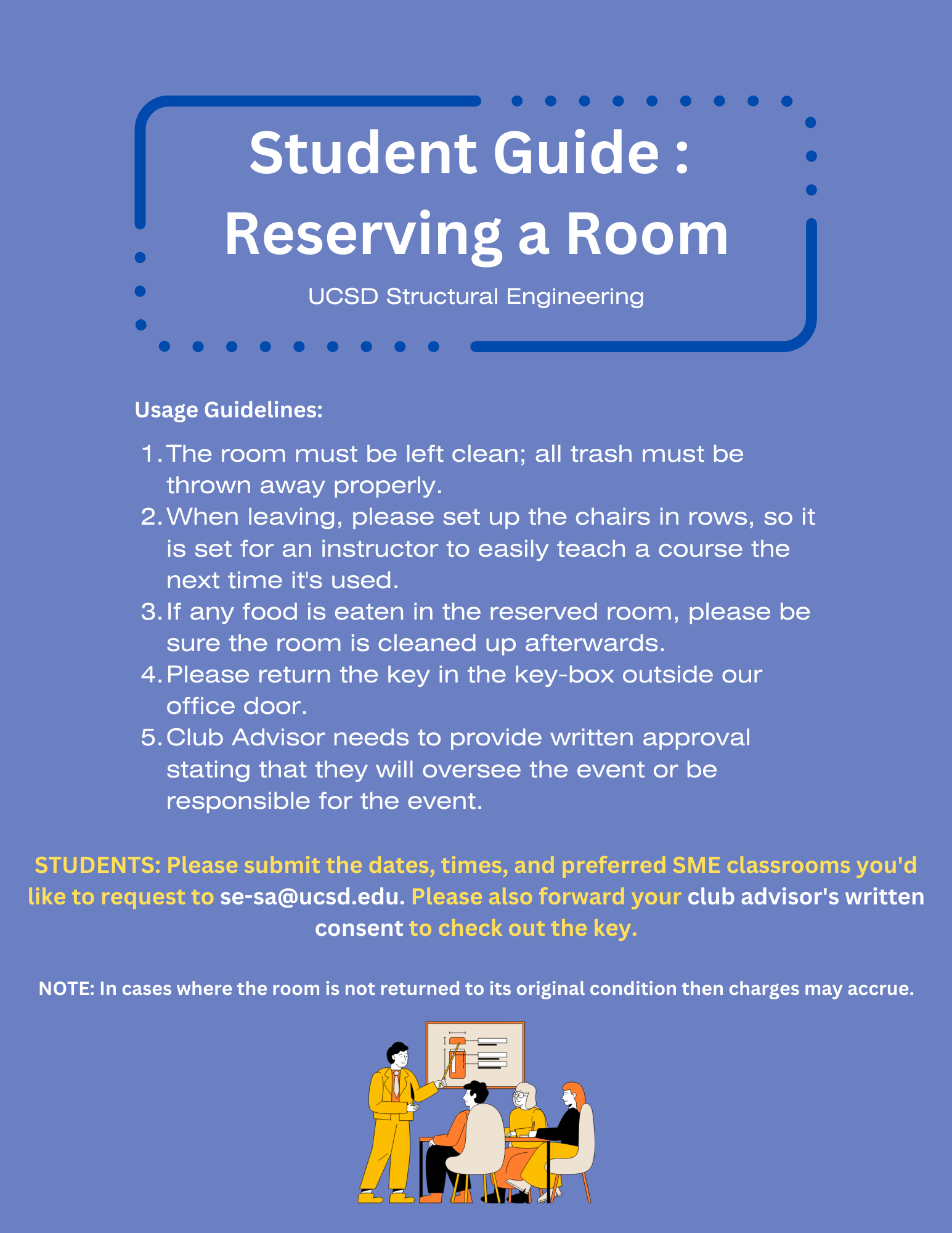- American Institute of Aeronautics and Astronautics (AIAA)
- Construction Management Association of America (CMAA)
- Design - Build - Fly (DBF)
- Earthquake Engineering Research Institute (EERI)
- Human Powered Submarine (HPS)
- National Society of Black Engineers (NSBE)
- Out in Science, Technology, Engineering, and Mathematics (oSTEM)
- Rocket Propulsion Laboratory (RPL)
- Society of Asian Scientists and Engineers (SASE)
- Society of Civil and Structural Engineers (SCSE)
- Society of Hispanic Professional Engineers (SHPE)
- Society of Women Engineers (SWE)
- Students for the Exploration and Development of Space (SEDS)
- Tau Beta Pi (TBP)
- Triton Racing
- Triton Unmanned Aerial Systems (UAS)
- Vertical Flight Society (VFS)

